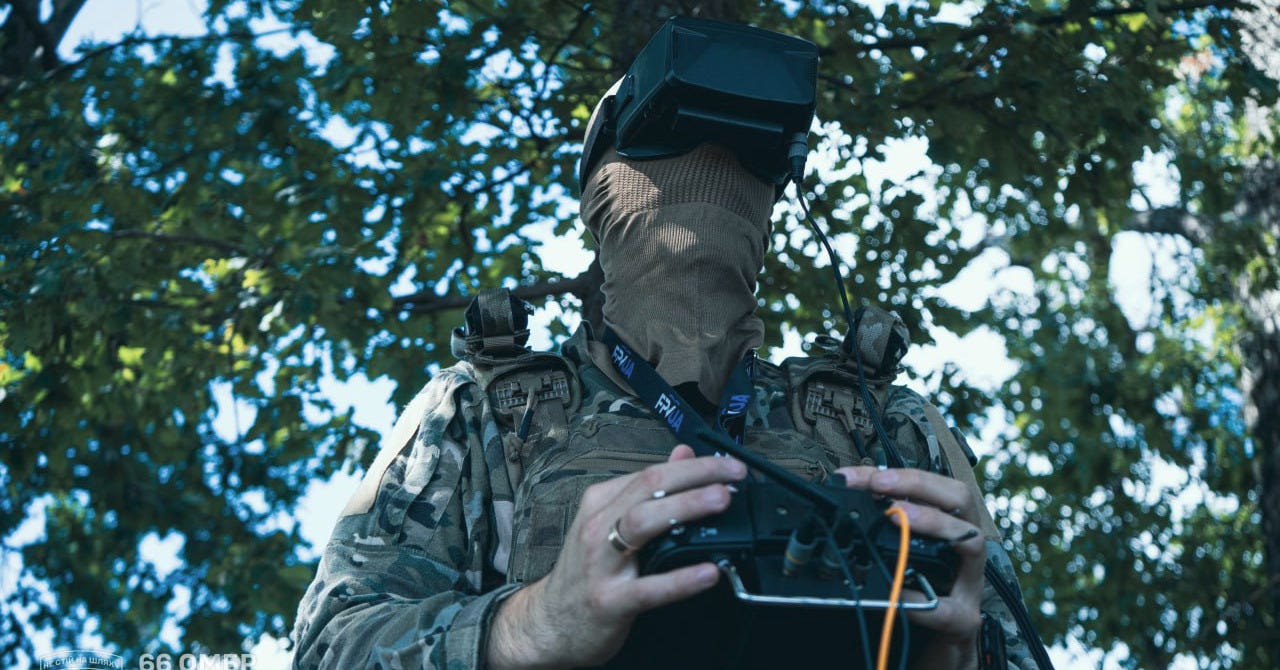When a Building Is Full of Russians, Send in an FPV Drone First!
One Ukrainian regiment is attaching explosive drones to its infantry squads—to help clear Russians from buildings.
Tiny first-person-view drones are everywhere all the time over the 1,100-km front line of Russia’s 43-month wider war on Ukraine. But most of them are surveillance and attack assets. They scan for targets over or near the front line—and then zoom in and explode.
Now at least one Ukrainian unit is finding a new use for the ubiquitous FPVs. The 225th Assault Regiment, holding the line outside Vorone in southern Ukraine’s Dnipropetrovsk Oblast with its M-2 Bradley fighting vehicles, has begun attaching FPVs to infantry squads to help the squads clear buildings of Russian troops.
“Clearing buildings is deadly—an enemy can be in every corner,” the regiment explained. When the infantry must enter a structure, they can send an FPV “to scout ahead.” “If the enemy is found,” the regiment explained, “the drone strikes, keeping our infantry safe.”
It’s delicate work requiring extreme precision on the part of the distant drone operator, who wears a virtual-reality headset to see what the warhead-clutching FPV sees. An FPV explodes on contact with any surface, so an imprecise maneuver can endanger the drone’s human squadmates.
To guarantee an uninterrupted signal between the operator and their drone, the 225th Assault Regiment uses fiber-optic FPVs for clearance missions. Fiber-optic drones send and receive signals via kilometers-long optical fibers, making them impervious to radio jamming and the signal dead zones created by buildings or hills.


